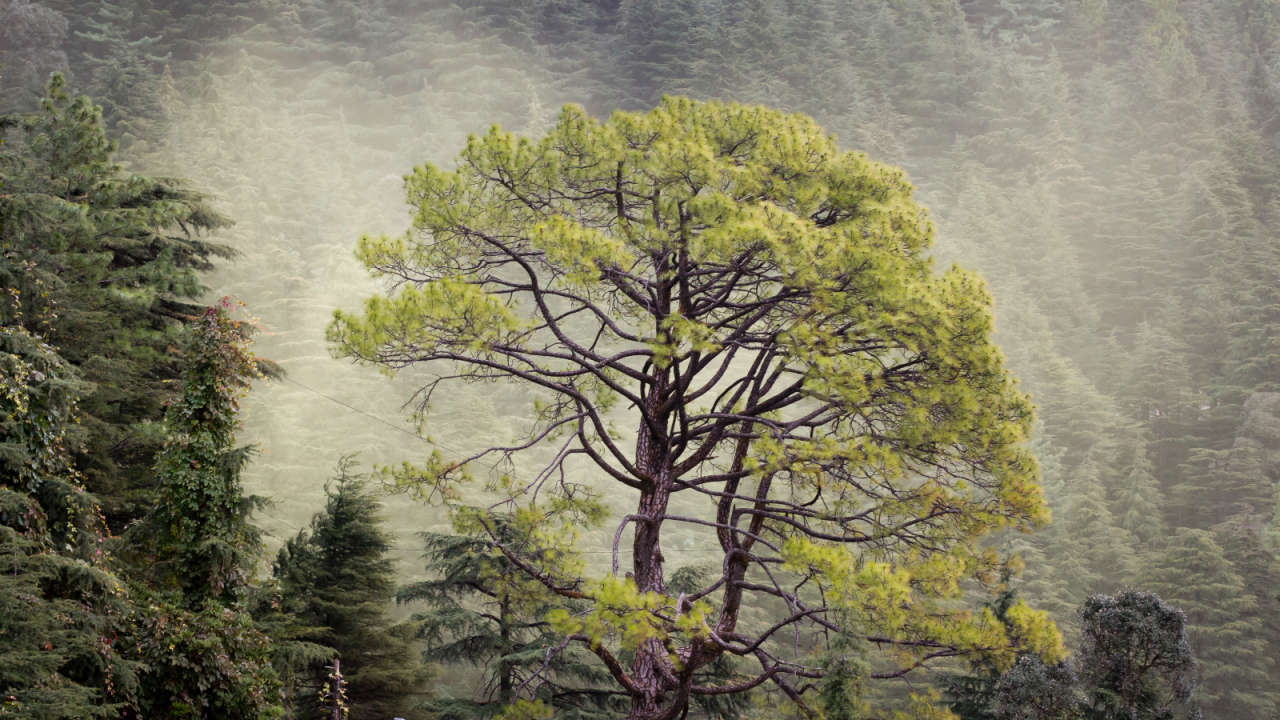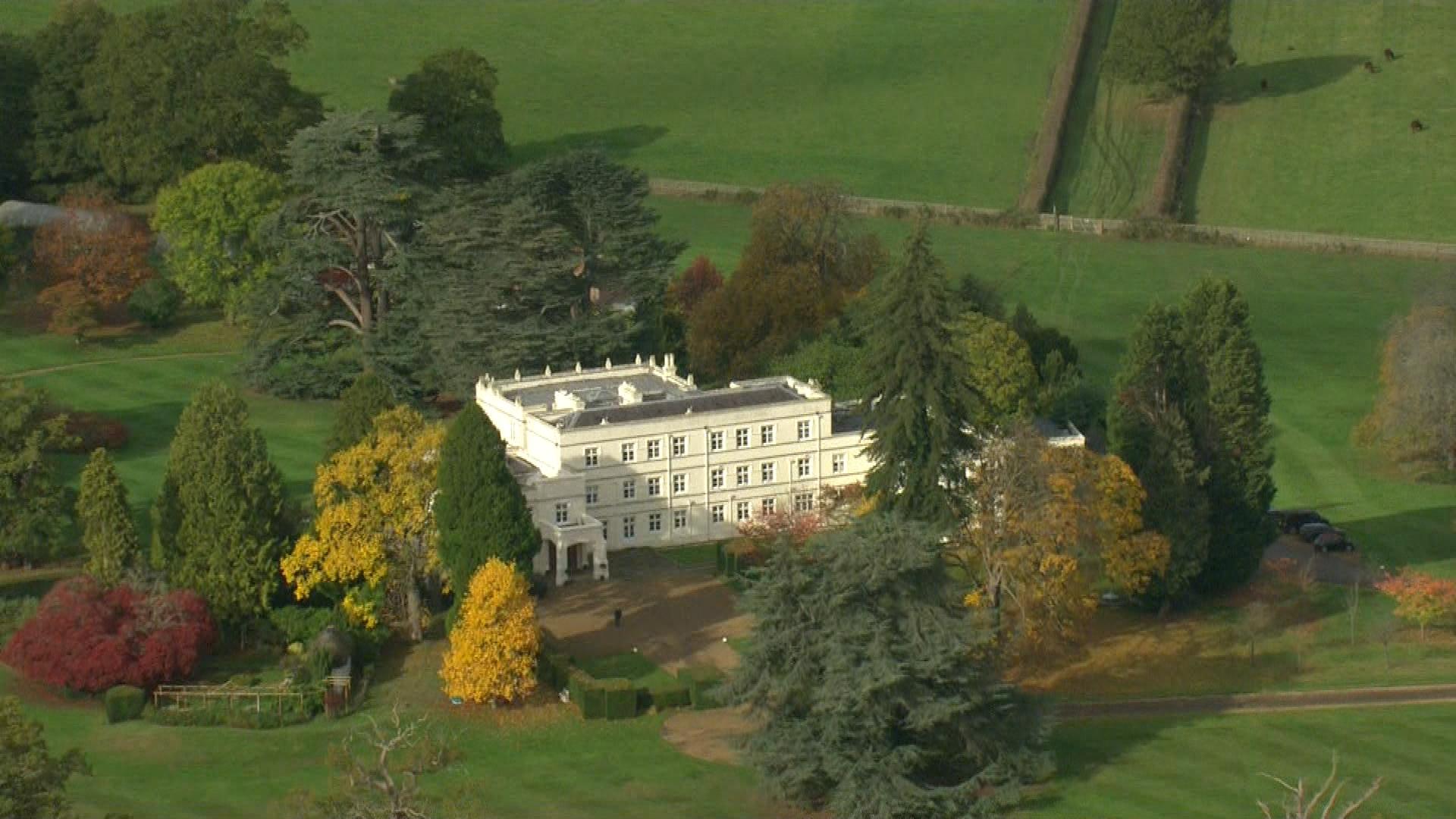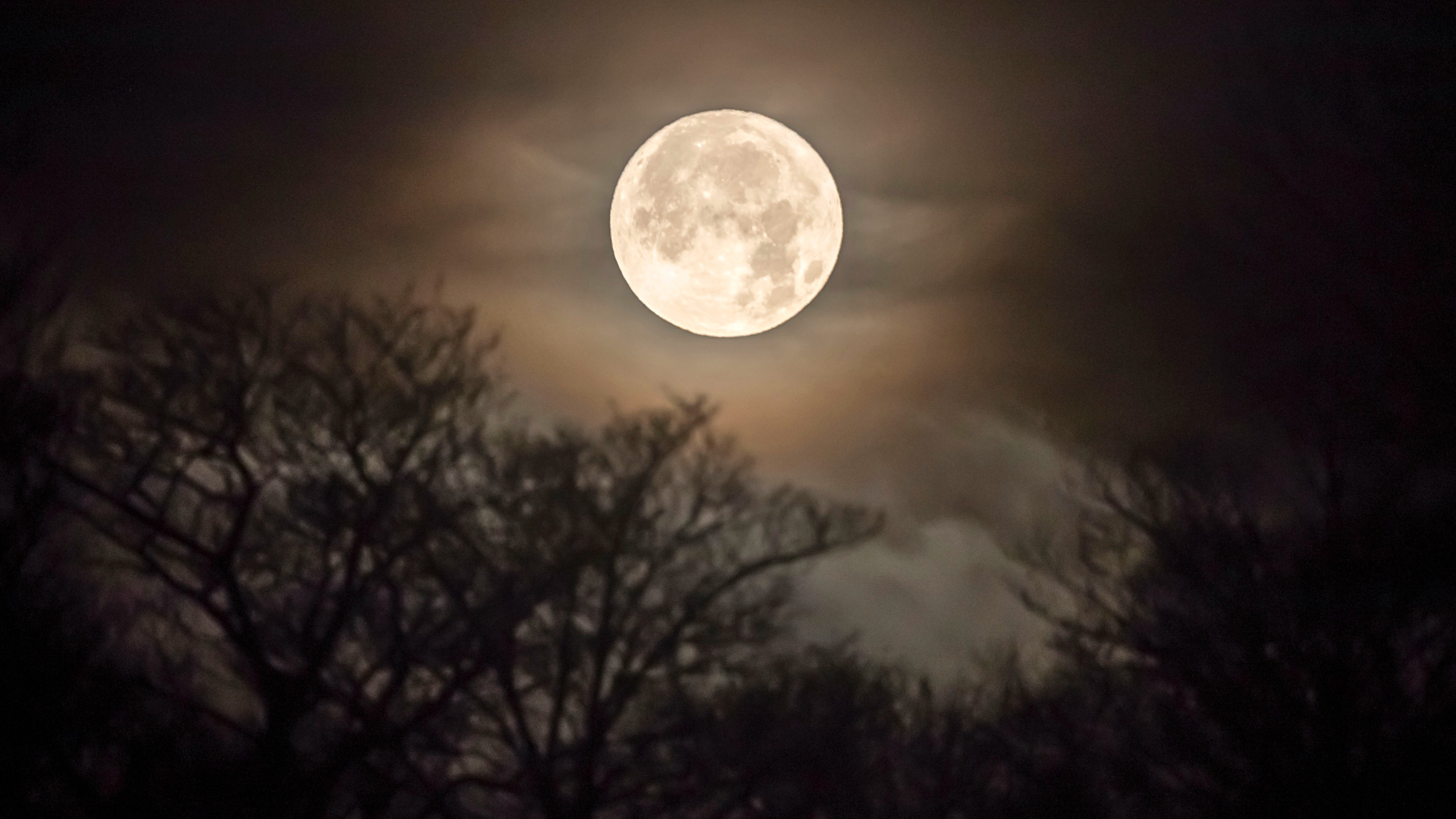Millions of people across the UK live with hay fever, suffering more pronounced allergenic effects every year upon the arrival of spring and summer.
The traditional growing season of trees and plants – between May and July – leads to an increase of pollen in the air, which can create a spike in symptoms of the allergy.
In recent years, arguments have been made that hay fever symptoms, in urban areas, have have been amplified by the planting of ‘male trees’.
So is there any truth to these claims? ITV News takes a look at the opposing arguments.
What tree genders are there?
Trees can be one of three sexes – monecious, dioecious male, or dioecious female.
Monecious trees have both male and female flowers growing on them, whereas dioecious versions will have a distinct gender – either male or female.
When all three are planted together they help to regulate the level of airborne pollen.
But when dioecious male trees are planted without the presence of their female equivalents more pollen remains in the air as less is taken in by flowers belonging to female dioecious trees.

Is ‘botanical sexism’ to blame?
Tom Ogren, a US-based horticulturist, claims to have evidence that urban planners favour planting dioecious male trees as, unlike dioecious female trees, they do not produce seeds or pods and so keep streets cleaner. Instead dioecious male trees produce only pollen.
He coined the phrase “botanical sexism”, telling The Guardian he had seen evidence of such practices in London, Christchurch, in New Zealand, and across Canada.
Mr Ogren’s theory is that in areas where only dioecious male trees are planted more pollen is released into the air, which consequently triggers allergic reactions in people living with hay fever.
He said that bad allergies set off in his wife, after they had moved houses more than 30 years ago, prompted him to begin his research into allergenic plants.
The horticulturalist believes the spike in his wife’s hay fever symptoms was linked to the fact that all of the trees planted in his neighbourhood were dioecious male.
However, Mr Ogren’s views have attracted backlash from some experts, including Richard Primack, a Boston University biology professor and expert on tree reproduction.
He told The Boston Globe: “What he’s saying actually doesn’t make sense.”
Mr Primack said the argument that more pollen remains airborne in areas where there are only dioecious male trees is “just completely wrong”.
He added that planting more dioecious female trees would have little impact on the situation as these only capture about “one out of a million pollen grains”.
Professor Stefan Buczacki, an expert on botany and plant biology, meanwhile, poured further cold water on Mr Ogren’s theory, explaining that “dioecious plants are very, very much in the minority worldwide”.
He acknowledged to ITV News that while a “considerably greater proportion” of dioecious trees are planted in the US, the same is “not true” in the UK.
Elsewhere, Dr Beverley Adams-Groom, a senior palynologist at the University of Worcester, told ITV News that the “important allergenic trees in the UK are all monoecious”, listing alder, birch, oak and plane as examples people should avoid planting.
Up to 37% of 7,000 people surveyed by Allergy UK, in 2020, reported developing hay fever symptoms for the first time within the previous five years.
The study also found that 49% of respondents experienced hay fever symptoms throughout the year.
Professor Buczacki suggested that one of the reasons as to why more people are developing hay fever symptoms in the UK is because of an “increase or change in the type of agricultural crops that are being grown”.
“Look at the enormous increase in the acreage of oil seed rape, and a lot of people are allergic to rape pollen.
“You’ve only got to look out of your car window these days and the countryside is coloured yellow much more than it was 20 or 30 years ago.”
Professor Primack added that “air pollution” was another factor which could be attributed to worsening allergies in recent decades.
Follow STV News on WhatsApp
Scan the QR code on your mobile device for all the latest news from around the country





























